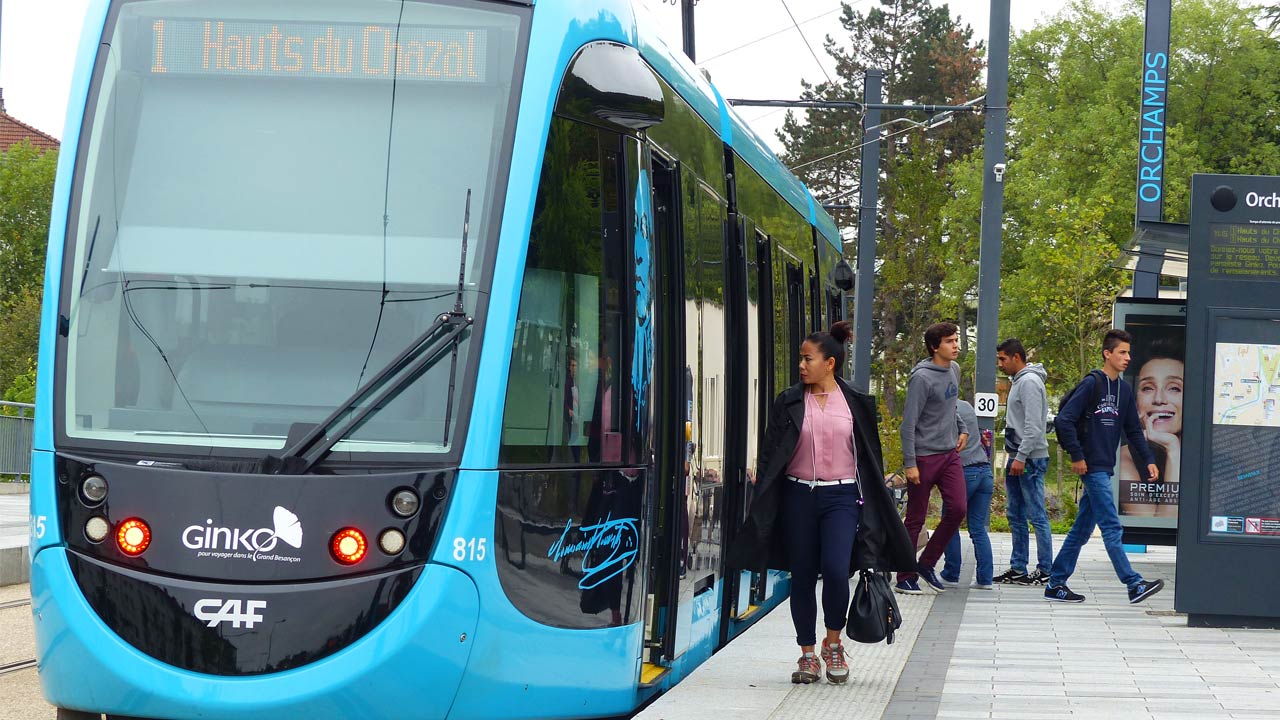The Keolis touch
Speaking for the customer
Launched over ten years ago, Keoscopie is based on observing lifestyles and their impact on mobility habits in order to imagine tomorrow's mobility in partnership with local authorities. We design surveys that are qualitative as well as quantitative, serving as unique decision-making tools and valuable sources of knowledge to guide mobility choices.
Ginko is:
2 tram lines
I BRT (Bus Rapid Transit) line
18 bus routes including 4 Lianes
27 million annual journeys
